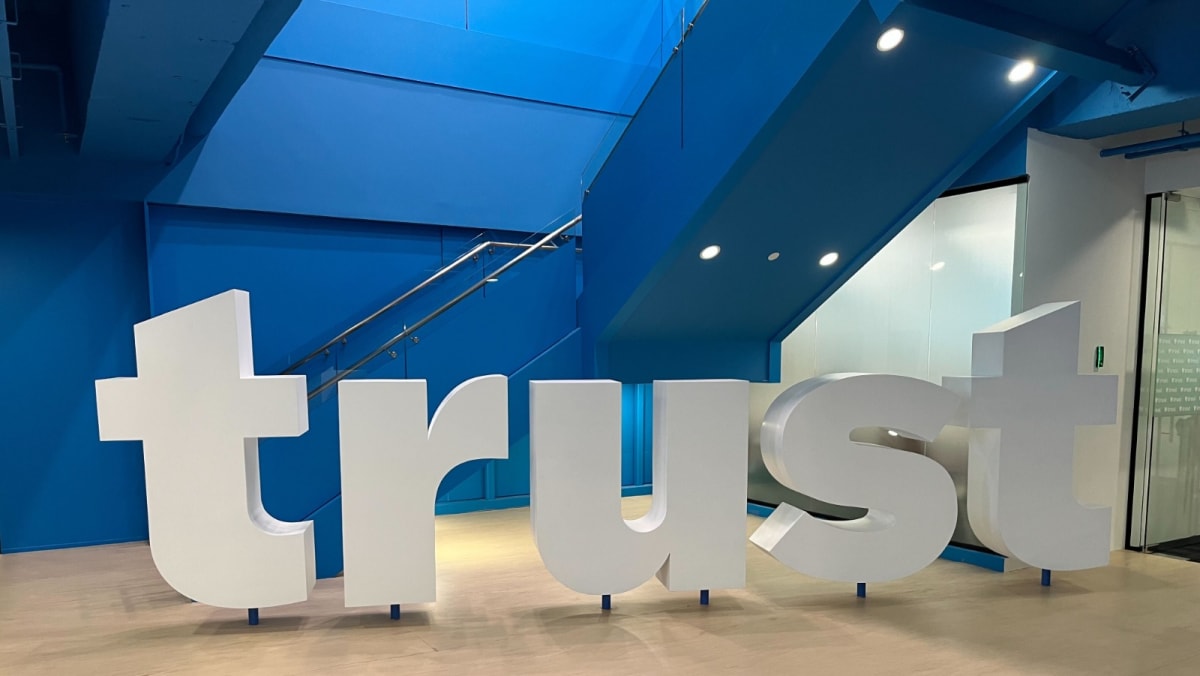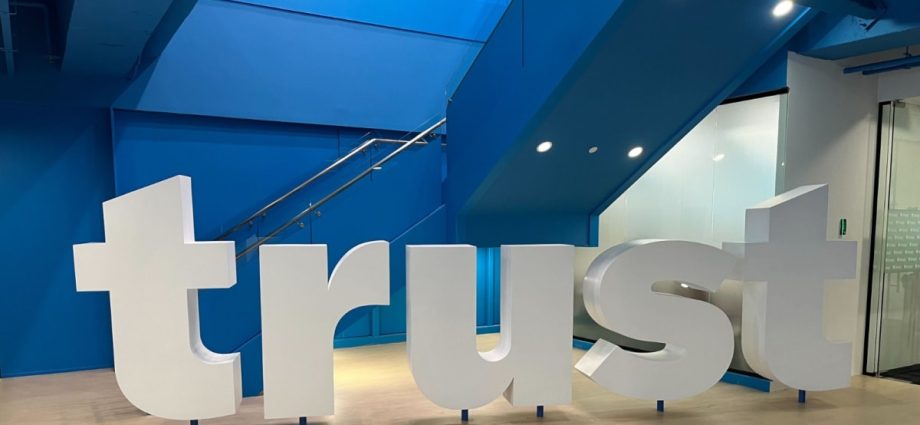
The digital bank is 60 per cent owned by Standard Chartered and 40 per cent by NTUC’s enterprise arm. It holds a full bank licence, which means it is able to offer services similar to those of conventional banks such as having physical ATMs.
Its competitors include GXS Bank, which is backed by Grab and Singtel GXS Bank, and MariBank which is owned by tech giant Sea.
Both GXS and MariBank hold “digital full bank” licences which permit the offering of online-only banking services to retail and corporate customers. These retail digital banks are also subject to a cap of S$50 million in deposits during the entry phase.
Trust Bank said it is confident that its growth rate can be sustained despite market competition and lingering economic uncertainties.
For one, the depth of NTUC’s membership programme of more than 2.4 million customers presents opportunities for growth.
The digital bank’s proposition is also “not based on one-time offers or a high acquisition gift or a promotional interest rate”, said Mr Sadhu.
Its positioning on daily savings which help with the cost of living, such as earning rebates and reward points at FairPrice supermarkets and other partner merchants, will remain “relevant and highly sustainable” in an uncertain macroeconomic environment, the CEO told CNA.
Beyond that, Trust Bank is hoping to get more customers on board through its offerings, which currently include deposit accounts, digital credit cards and family personal accident insurance.
With travel back in demand as borders reopen, the lender announced on Monday the launch of its travel insurance product underwritten by Income.
Mr Sadhu said Trust Bank also tries to solve existing customer pain points with its fully digital service. This includes allowing customers to have digital supplementary cards to share their credit cards in real-time, set spending limits and track expenses.
Moving forward, the digital bank intends to introduce instant loan products, enable GIRO payment services and other in-app self-services, as well as expand its insurance offerings.
“The continued growth of clients and the new products that we are introducing gives us a very solid footing for meeting both (the goals to be the) fourth largest bank by next year, as well as be profitable by 2025,” Mr Sadhu said.

